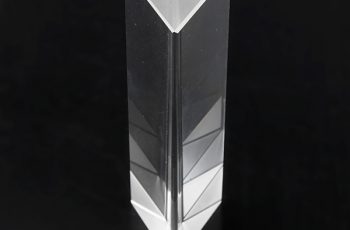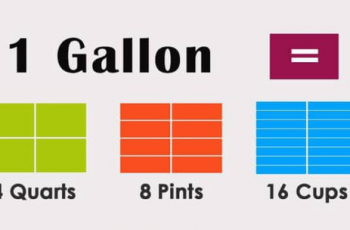To calculate the volume of water is as good as the shape of the reservoir (container) it’s in. Often, the containers have a circular, rectangular or a square cross-section.
Water In a Cylinder.
If the water is in a cylindrical container, then the volume of that water is calculated using the formula to calculate the volume of a cylinder.
Assuming the water is full, then;
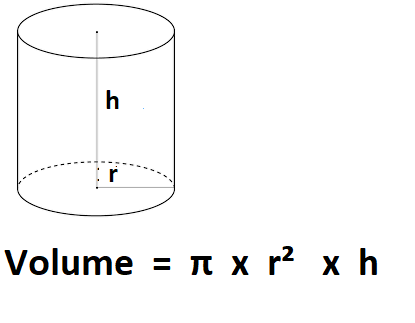
If the water is only halfway high in the container, then you’ll need to use half the height of the cylinder in the formula.
Example 1:
Suppose you have a cylindrical water bottle, calculate the amount of water you need to fill if its radius is 7cm and its height is 20cm.
Volume = π x radius x radius x height
= 3.142 x 7 x 7 x 20
= 3,079.16cm3
Water In a Box Shaped Container
For a rectangular based container, we use the formula to calculate the volume of a rectangular prism also known as cuboid.
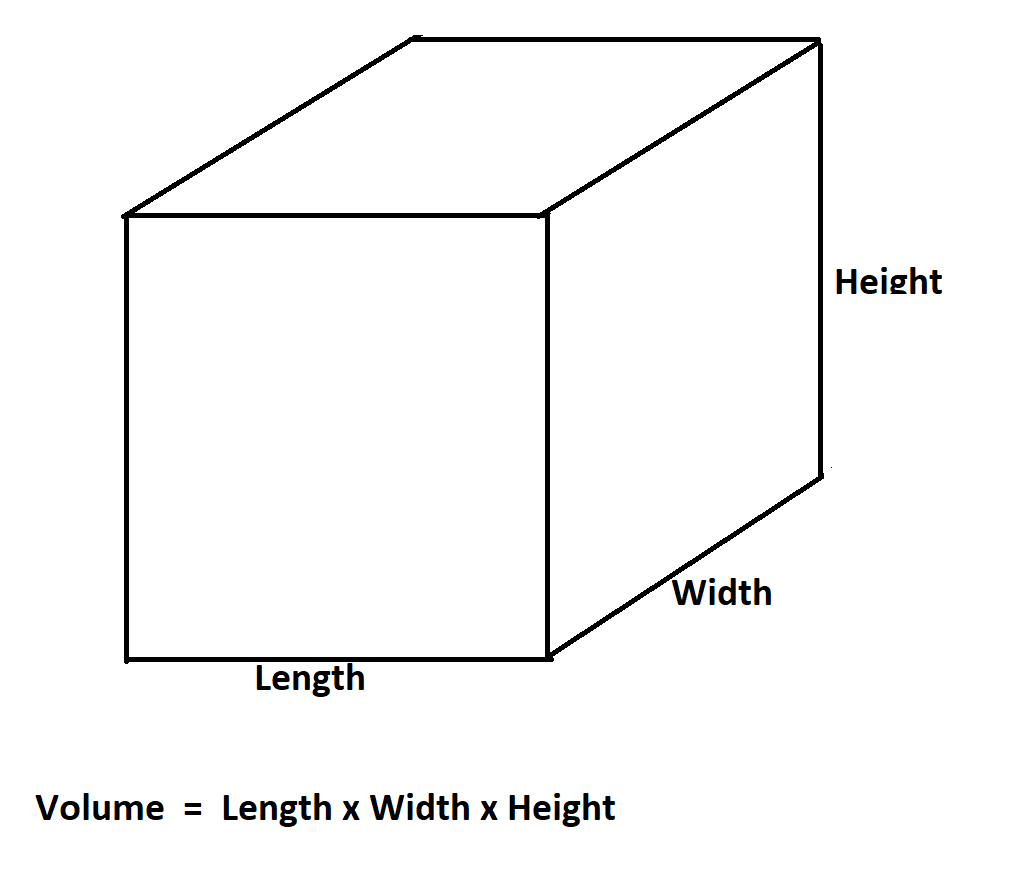
Example 3:
Find the capacity of a rectangular aquarium if its height, length and width measure 1m by 1.5m by 0.7m.
Volume = Length x Width x Height
= 1 x 1.5 x 0.7
= 1.05m3
For a cube shaped container, we use the formula to calculate the volume of a cube.
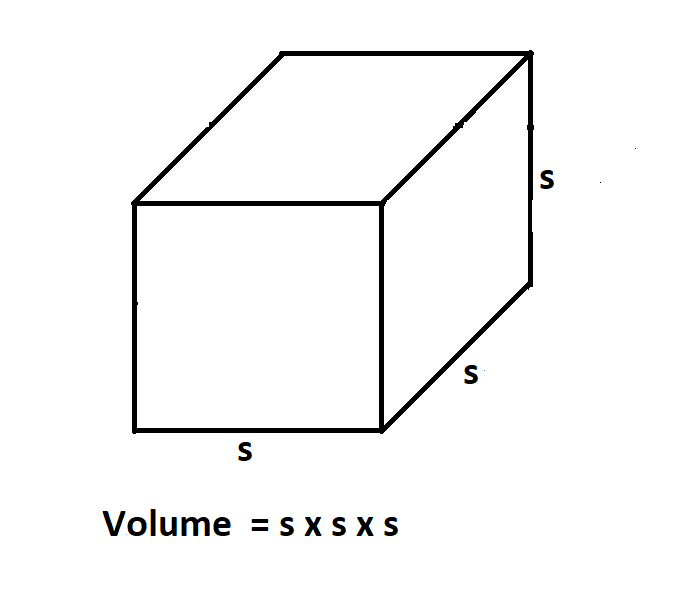
Therefore, the volume of water or any other liquid for that matter, is calculated by finding the volume of the container holding the liquid.
